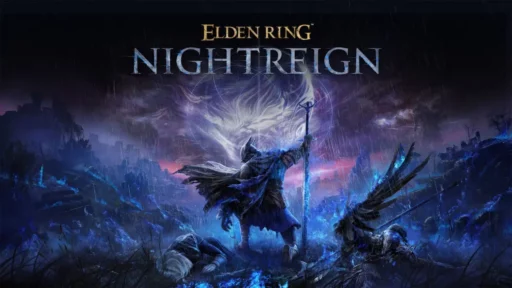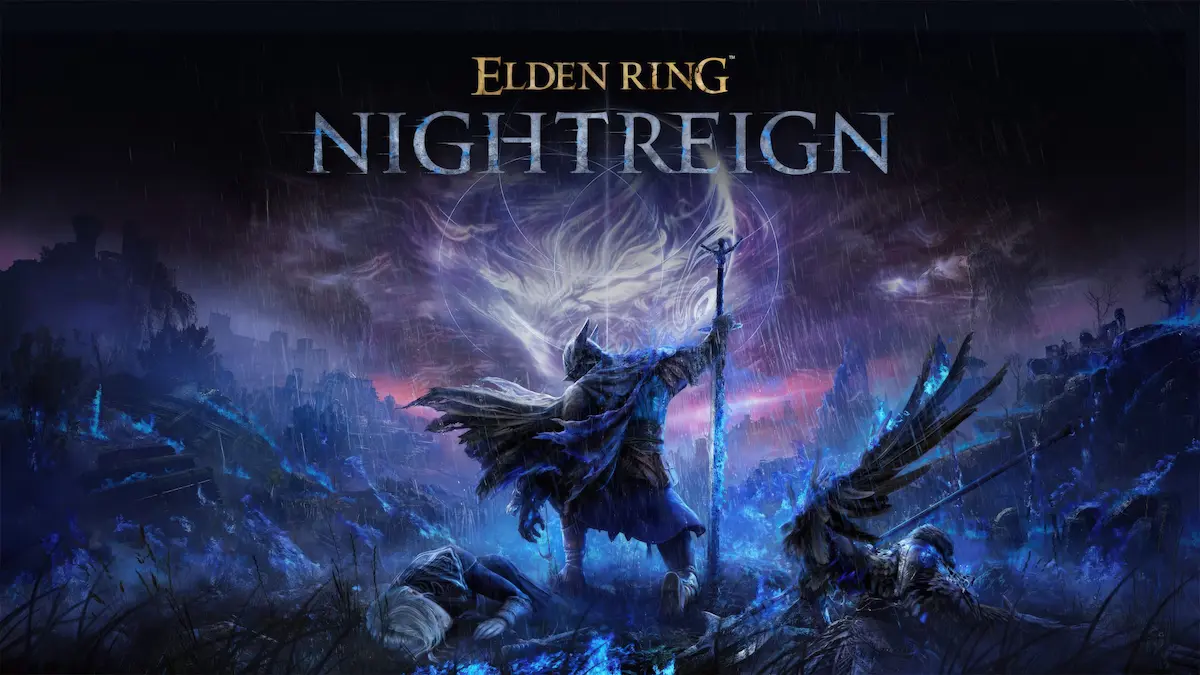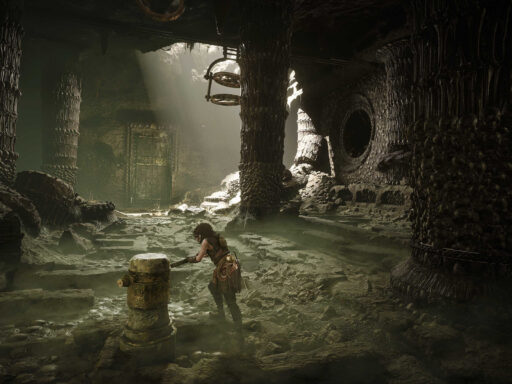Last updated on September 2, 2025
When FromSoftware experiments, players should expect the unexpected. With Nightreign—the first major spin-off of the Elden Ring phenomenon—the renowned Japanese studio abandons its signature open-world structure and introduces a surprising new formula: a challenging, three-player co-op roguelite that reinvents how gamers experience the world and tackle its challenges, all against the pressure of a ticking clock.
Elden Ring: Nightreign is not just a typical spin-off—it’s a bold reimagining of the Elden Ring universe, blending its iconic open-world RPG DNA with roguelite mechanics and a unique three-player co-op experience. The result is a daring, intense, and often brilliant game that can also be deeply frustrating without the ideal setup.
So, what does Nightreign get right, and where does it stumble? Let’s break it down.
Limveld: The Cursed Island
The action unfolds on Limveld, a supernatural island made up of zones, monsters, and structures inspired by Elden Ring, all procedurally rearranged for every run. Each session lasts about 45 minutes and is split into three days: the first two focus on exploration, looting, and intense preparation, while the third day brings a showdown against one of eight Nightlord bosses—each designed to push your reflexes to the limit.
This roguelite concept stands out with a map that subtly changes every attempt, a shrinking circle reminiscent of battle royale games, and constant pressure to make quick, strategic decisions about which risks are worth taking.
A co-op experience built for three players
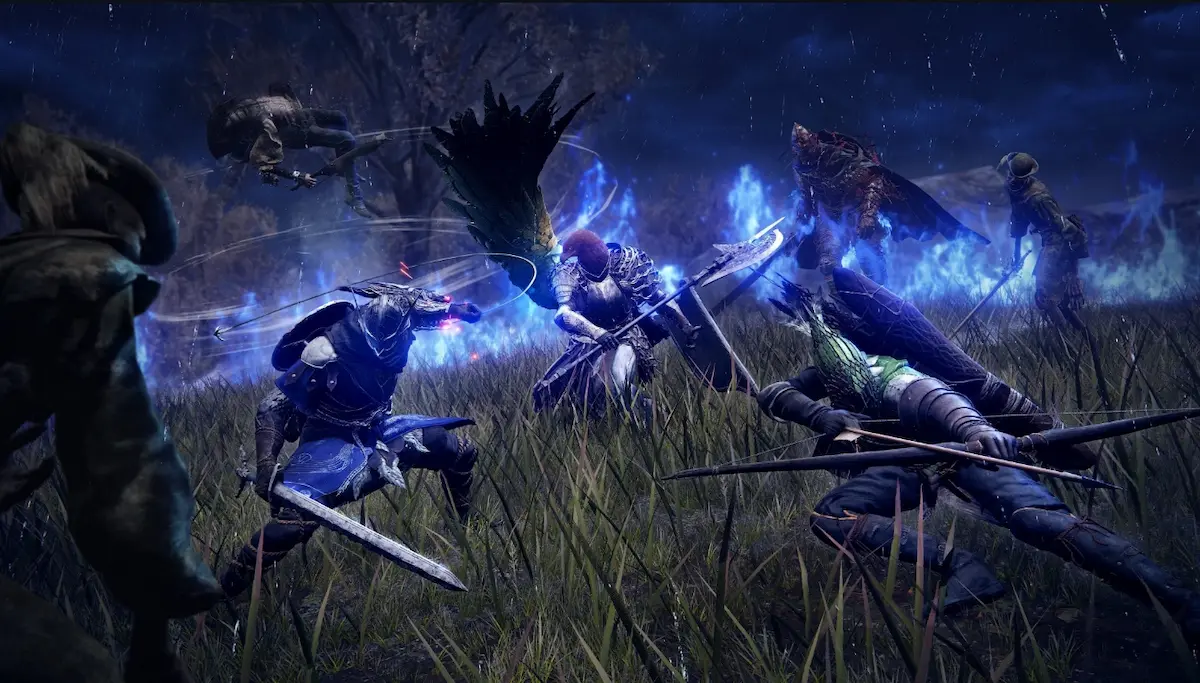
Nightreign is clearly designed for three-player co-op. Every combat encounter, campaign event, and boss battle is built around teamwork, and this cooperative design quickly falls apart when playing solo.
Although Nightreign includes a single-player mode, it is extremely unbalanced: there are no reliable revival mechanics, and the lack of real solo support turns every run into an exhausting gamble. In a team, allies can revive you. Alone, a single mistake means losing everything.
Progression System
The meta-progression in Nightreign revolves around relics—items that grant initial bonuses or abilities. You earn these relics after each run, with their quality depending on your performance.
However, the system is heavily luck-based: you have limited ways to influence which relics you receive, making building a coherent loadout more about patience than strategy.
There is a small shop where you can buy relics and fixed rewards for specific objectives, but the lack of control remains noticeable—especially if you’re playing a particular class and keep getting bonuses for others.
Nightfarers: Unique Classes and Mechanics
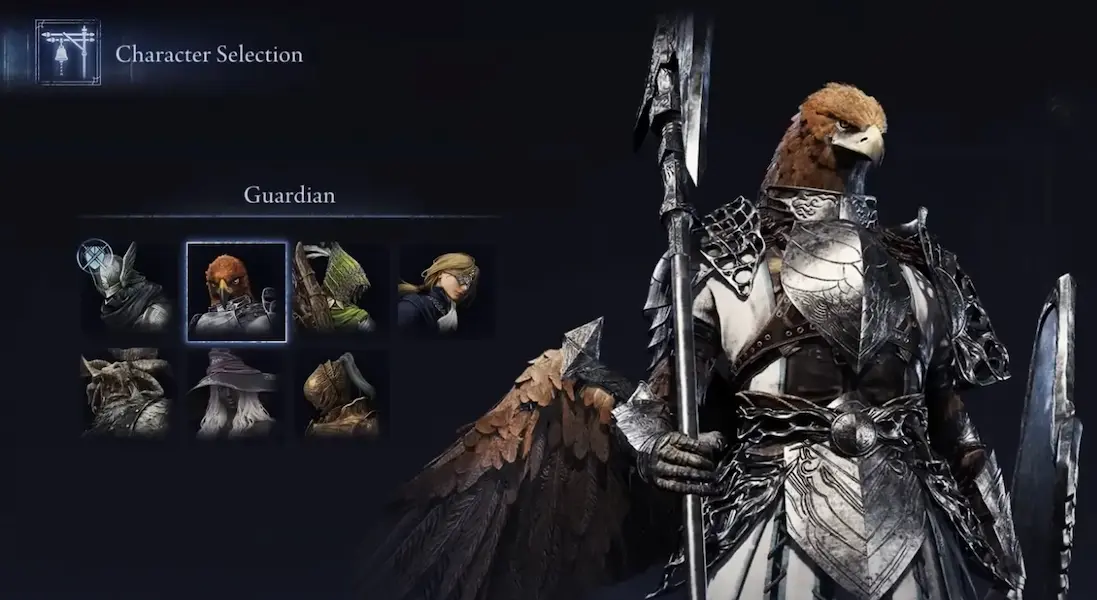
Another key difference from Elden Ring is the clear definition of classes. In Nightreign, classes are no longer just starting templates—they are fully developed characters with distinct playstyles and unique abilities. For example, the Wylder class features a grappling hook for spectacular maneuvers and increased mobility.
The Executor class relies on a high-risk, high-reward parry system that is extremely satisfying when mastered. Each class also comes with its own narrative thread (remembrance), offering side quests and rewards, even though the overall story is lighter than typical FromSoftware titles.
Nightlords: Legendary Boss Battles for the Right Team
The main bosses, known as Nightlords, are the highlight of Nightreign. There are eight in total, and seven of them are truly unforgettable. With MMO-inspired mechanics—like team attacks that must be interrupted quickly—and intense battles requiring perfect coordination, these enemies deliver some of the best boss fight moments FromSoftware has ever created.
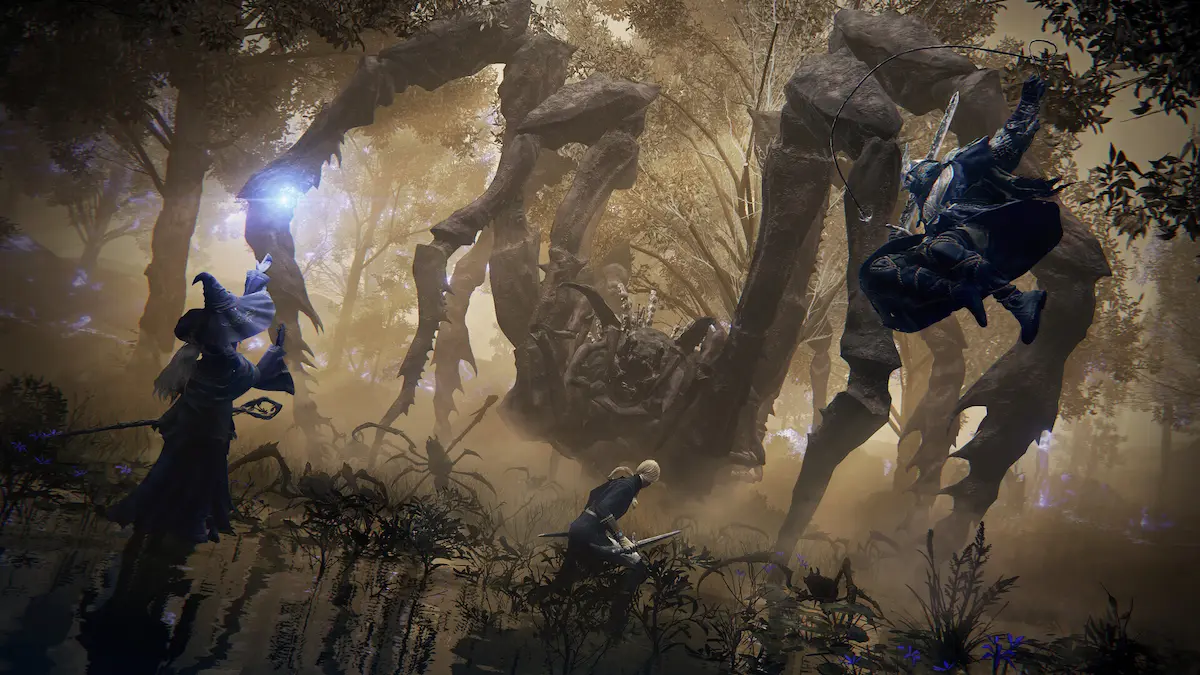
Verdict
Elden Ring: Nightreign is a bold experiment that delivers adrenaline-pumping moments and sets a new standard for co-op design in roguelite games. The classes are well-defined, the bosses are spectacular, and the between-run progression system offers long-term potential.
However, this brilliance is only fully accessible under specific conditions: you need two friends with similar skill levels, playing on the same platform, with matching schedules and goals.
Otherwise, you’ll quickly feel the sharp edges of a game that has little patience for solo or casual players.
Pros:
- Benchmark boss fights for the co-op genre
- Diverse, highly distinctive classes
- Fast-paced action and rewarding short-term progression
- Subtle lore and unique side quests for every class
Cons:
- Single-player is nearly unplayable
- No crossplay and rigid matchmaking
- Progression heavily dominated by RNG
- Lacks robust team communication tools
Final Score: 7.5/10


